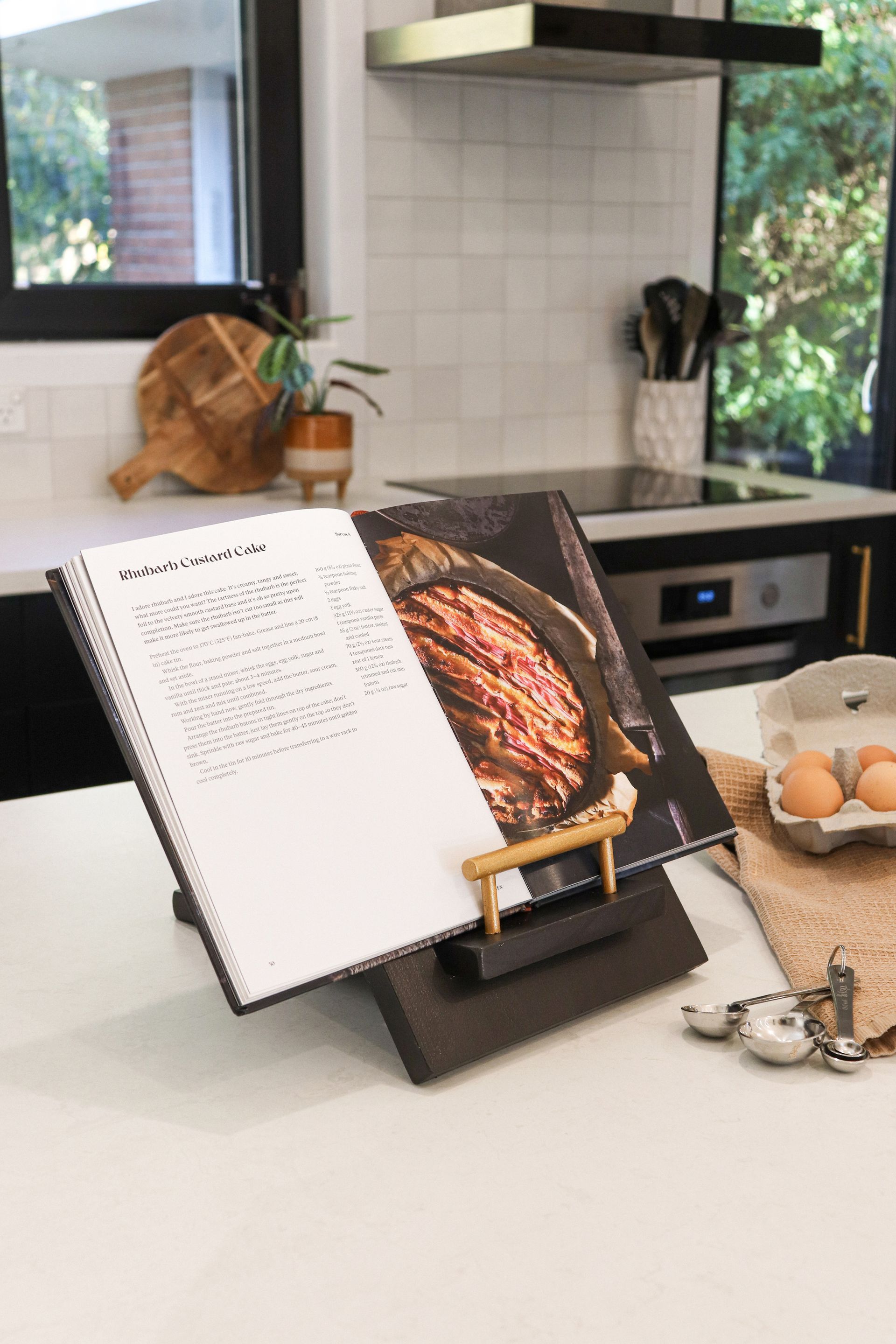Award-winning Mortgage Adviser and Owner of Loan Market Paramount, Nathan Miglani looks at the upsides of the current market.
What a difference a year makes! This time last year, we were experiencing an unprecedented boom: property values were zooming up and buyers were competing hard. Now, 12 months later, things are different. We’ve moved into a buyer’s market and it’s quieter, with sales more subdued. There’s nervousness about interest rates and worry about property values.
But the reality is that properties are still selling. Anyone who’s owned their property for more than a couple of years is probably sitting on good capital gain, meaning they still have options. As the saying goes, if you are selling and buying on the same market, changes in property values won’t matter too much as a lower sale price will be offset by a lower purchase price. There is good news for first-home buyers too, with changes in recent months that, together with less competition and cooler house prices, are helping first-home buyers enter the market after being priced out of the runaway market that came before.
For one thing, the CCCFA (Credit Contracts and Consumer Finance Act), which came into effect on 1 December 2021, has been dialled back as of 7 July 2022. Though the legislation was well-intentioned, ensuring people can service their borrowing, it took things too far and was making it difficult to obtain finance. The changes provide more flexibility for lenders, in turn helping buyers. The First Home Grant scheme has also been tweaked, with the property price cap of $500,000 removed so it is now only an income cap which applies ($95,000 for an individual or $150,000 for a couple). The property price cap was not realistic for the purchase of a family home and its removal will allow more buyers to take advantage of the scheme. We are already seeing the result of these changes, with first-home buyers making up half the transactions coming through our office.
Things have also changed for investors, with LVR restrictions putting the purchase of existing properties as rentals back on ice. But there are still buyers active – it’s just that they are now looking almost exclusively at new builds (exempt from LVR restrictions). We’ve seen some creative solutions to ensuring a cash flow-positive investment. One investor is building a dwelling divided into two units – one three-bedroom and one two-bedroom – with an intertenancy wall between. At about $400,000 for the land and $600,000 for the build, generating rental income of $580 per week for the three-bedroom unit and $475 per week for the two-bedroom, this is a good return on investment. Another option is to invest somewhere other than Christchurch. We’re seeing great excitement about Ashburton, with the first couple of subdivisions in this region attracting eager interest.
And as for interest rates, my view is that they are now starting to settle. Many economists now predict they will peak towards the end of this year and will probably start to come down in the new financial year. Remember that even at current levels, interest rates have really just returned to normal – they’re about where we were in 2019 – so as long as the affordability is still there, they shouldn’t stand in the way of your next move.
Years of experience mean Nathan Miglani knows how to give you the best possible chance of success if you are thinking of buying or building a property. Whether it’s a first home, next home, rental or a development, Nathan and his team are passionate about helping you through the process and they’ll find the best deal for your unique circumstances.
Recent stories



All Rights Reserved | CountryWide Media


